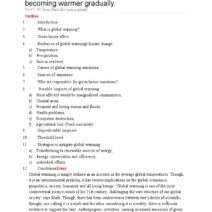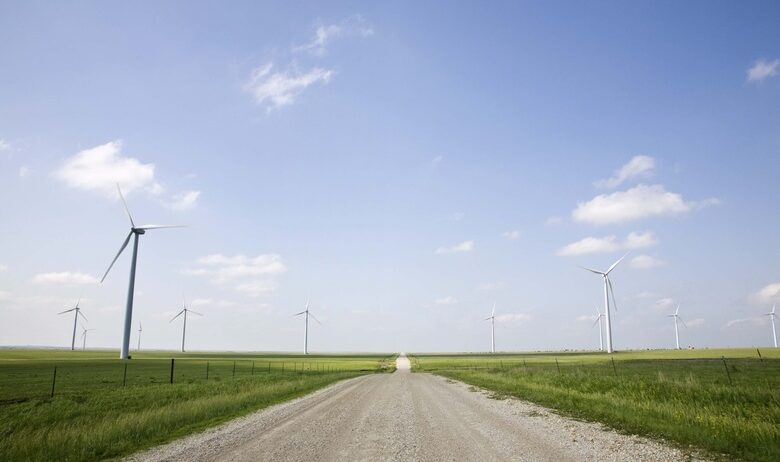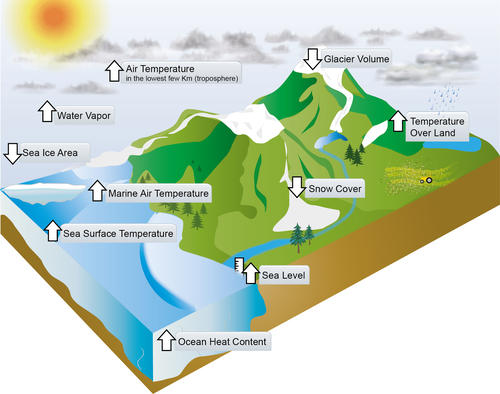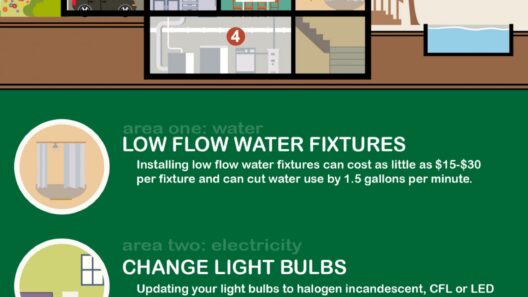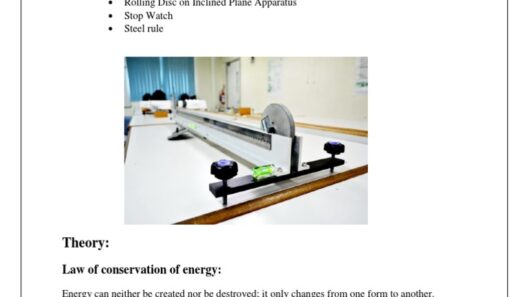The transition towards renewable energy is imperative in combating climate change. One of the most underutilized yet abundantly available resources in the renewable sector is wind energy. As we advance in technology and expand our understanding of natural resources, it is vital to explore ways to conserve wind energy effectively. By embracing innovative solutions and optimizing current systems, it is possible to harness the power of wind without squandering its potential.
Understanding wind energy begins with recognizing its essence. Wind energy is generated by the movement of air, which is harnessed through wind turbines. These turbines convert kinetic energy into mechanical energy, which is then transformed into electricity. The simplicity of this process should not overshadow the need for efficiency in wind energy conservation. This can be achieved not only through technological advancements but also through public awareness and behavioral changes.
Firstly, the geographic location of wind farms plays a significant role in wind energy efficacy. Areas with consistent wind patterns, such as coastal regions or plains, are ideal for wind turbine installation. Careful site selection ensures that turbines can operate at maximum efficiency, capturing uninterrupted wind flow. Implementing geo-spatial analysis tools can aid in the identification of the best locations, minimizing wasted investments in suboptimal areas. Wind energy stakeholders must therefore prioritize geographic surveys, ensuring that every new installation is strategically planned.
Moreover, the maintenance and operational efficiency of wind turbines cannot be overlooked. Regular inspections are crucial to identify wear and tear, as even small inefficiencies can lead to significant energy losses over time. Components like bearings, blades, and sensors must be meticulously maintained. Advanced predictive maintenance technologies, such as condition monitoring systems, can alert operators to potential failures before they escalate into costly repair jobs. By adopting a proactive approach, the longevity and productivity of wind turbines can be maximized, directly conserving energy.
In addition to focusing on the hardware, software solutions can also enhance the conservation of wind energy. Energy management systems (EMS) integrate complex algorithms to predict energy production based on weather patterns and historical data. By efficiently matching energy supply with demand, these systems help prevent overproduction, which can lead to waste. Furthermore, real-time data analytics can be employed to monitor performance and optimize the operational parameters of wind turbines, ensuring they work at their peak efficiency during varying environmental conditions.
Grid integration also plays a critical role in conserving wind energy. As the capacity of wind energy grows, the necessity for robust and flexible grid systems becomes even more apparent. Traditional energy grids may struggle to accommodate the variability of wind energy generation. Smart grid technologies, which utilize automated control systems and advanced communication, enable the efficient distribution of energy generated from wind. They allow for demand response strategies, adjusting the energy supply based on real-time consumption patterns. Consequently, this reduces reliance on fossil fuels during low wind periods, perpetuating energy conservation.
Encouraging energy storage solutions is another potent avenue for conserving wind energy. Battery technologies are continually advancing, enabling the collection and storage of surplus energy produced during peak wind periods. By utilizing energy storage systems, homeowners and businesses can use wind energy even when the wind is not blowing. This strategic reserve of energy also alleviates strain on the grid, maintaining a consistent energy supply and further minimizing waste.
Community involvement is vital in promoting conservation strategies. Public participation can accelerate the adoption of renewable energy solutions through educational initiatives and grassroots campaigns. Informing local populations about wind energy benefits, as well as sustainable practices, can cultivate a culture of conservation. Community-owned wind energy projects are particularly noteworthy, as they empower locals to invest in their energy futures while ensuring that profits remain within the community instead of flowing to large energy corporations.
Furthermore, policy frameworks and government incentives significantly impact the transition to wind energy conservation. By supporting tax credits, grants, and subsidies for renewable energy initiatives, legislators can stimulate investments in wind energy infrastructure and technologies. Moreover, establishing stringent regulations on energy waste can drive companies to adopt more efficient practices, ensuring that every kilowatt generated is accounted for and utilized. Creating a legislative environment supportive of innovation and conservation will further catalyze the renewable energy revolution.
Ultimately, conserving wind energy entails a multifaceted approach that integrates technology, operational practices, community efforts, and policy advocacy. Each of these dimensions contributes to a holistic systemic change that not only enhances the efficiency of wind energy utilization but also cultivates a broader awareness of renewable technologies. The shift in perspective from viewing wind energy as merely an alternative source of power to recognizing it as a critical component of sustainable development is essential. Every effort counts in propelling society toward an electrifyingly clean future.
As we navigate this transformative journey, staying curious and committed to exploring multifarious conservation methods will illuminate the path ahead. Transitioning away from fossil fuels hinges on our collective resolve to optimize every available resource, including the untapped potential of wind energy. By conserving this organic, sustainable power source, new chapters in the quest for environmental equilibrium will unfold, allowing future generations to flourish in a world where energy is utilized responsibly and effectively.


